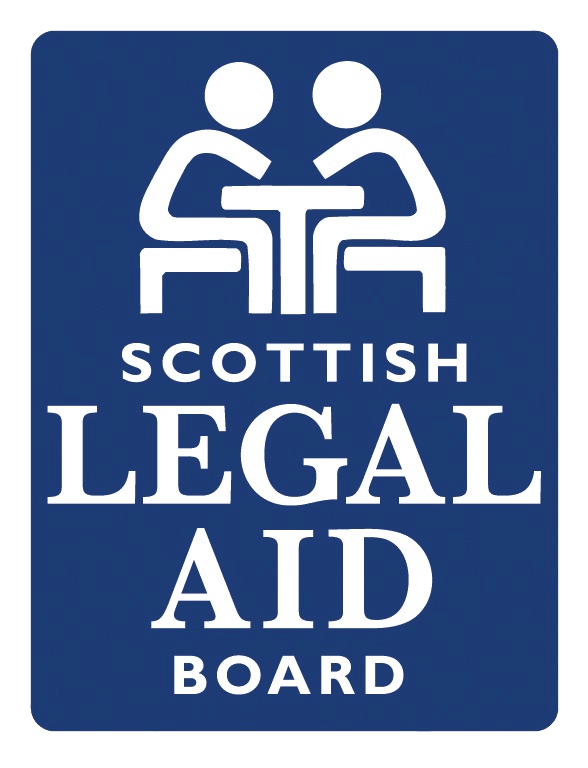AS v HMA [2020] HCJAC 42
The appellant was found guilty of three charges involving the indecent assault, attempted rape and rape of his sister, AB, and an indecent assault on a male cousin, CD. The offences were said to have taken place in the family home in Coatbridge between 1975 and 1980 when AB was between 11 and 16 years old and CD was 5 or 6 years old with the appellant between the ages of 14 and 20. AB did not report the offences until 2017 when police were making enquiries into the family and had stated that it had happened to someone else.
By the time of the trial CD had died and the crown had relied upon an earlier statement which he had given to the police to prove the charge involving CD as well as to provide mutual corroboration to the charges relating to AB.
The appellant appealed on the basis that the reliance on the previously given statement of CD, which had been read over to CD and signed on every page, on the basis that it rendered the trial unfair in terms of Article 6 of the European Convention of Human Rights.
In deciding whether the evidence of AB and CD could mutually corroborate Lord Carloway stated that: “The court must proceed on the basis that the evidence of each complainer demonstrated that the crimes charged were so closely linked by their character, circumstances and time of commission as to form parts of a single course of criminal conduct systematically pursued by the appellant. There is no difficulty in holding that the testimony of one complainer may be corroborated by the hearsay of another complainer.”
Thereafter in determining the issue with regard to the right to a fair trial under the Covenction, Lord Carloway stated that: “On any view, CD’s evidence was not determinative of charges 1 to 3. It may have been necessary in terms of Scots law’s need for corroboration before a person can be convicted, but that is not a requirement of the European Convention. This appeal is therefore almost bound to fail in relation to charges 1 to 3, although the court must still look at the counterbalancing factors to ensure overall fairness.”
With regards to charge 4 Lord Carloway stated that although it would have been better if the evidence of CD was audio or video recorded, it was taken within a police station before a police officer and responsible adult, CD had initialled corrections and the statement was detailed and signed on each page by the three parties present which meant that the prospect of it not being something which CD had said was substantially diminished. Appropriate jury directions were thereafter given in regards to hearsay evidence and that the defence had no opportunity to test the evidence of CD in cross-examination.
In conclusion Lord Carloway stated that “The appellant was able to testify on his own behalf and to lead evidence in support of his position. The deceased was a person known to the appellant who would have had some appreciation of his circumstances. The appellant was able to make submissions to the jury which were designed to cast doubt upon the veracity of the statement.” Therefore the conviction was upheld.


